Japanese health and beauty sales beat recession downturn
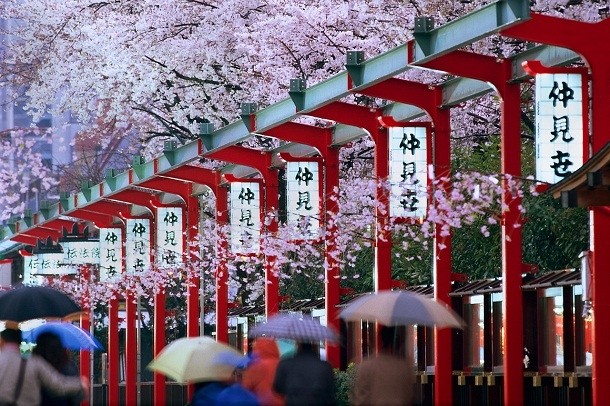
The report found that despite the tough economic circumstances, consumers were still willing to pay a premium for items such as luxury cosmetics and skincare products, with the result that the industry continued to show an average of year-on-year growth.
Virtually every other sector in Japan reported shrinking retail values over the same period, with the notable exception of convenience stores which also reported respectable growth. In many cases, retail sales have continued to shrink even after the height of the Great Recession from 2007 to 2009.
On a more negative note, GRTB also reported that shoplifting rates in Japan were above their historical levels, with luxury cosmetics and personal care products such as skincare items and being amongst the items particularly targeted for theft.
Beauty and health sales growth
In total, beauty and health sales reported an average CAGR of 3.8% from 2007-2012, making the industry one of only two retail sectors which posted positive results. A number of outlets also increased by almost 1%. These figures put beauty and health in contrast with the vast majority of retail sectors in Japan.
Figures from Euromonitor reveal that super premium cosmetics also grew impressively despite the troubled economy, with super premium and personal care items posting a CAGR of 3% in 2012 to reach ¥648 bn in value. Luxury imported brands such as Chanel also continued to perform well.
However prestige brands are not predicted to have such a good outcome, with an anticipated CAGR of -1% over the forecast period.
Growing shrinkage from theft
However, the study also notes that losses from shoplifting increased from 2007-2012 with beauty and health retailers noted as being among the business particularly vulnerable to theft due to their items being easy to re-sell.
The most commonly stolen items in these outlets were noted to be skin care and colour cosmetics items, vitamins and medicated tonics and “expensive OTC drugs.”
Beauty and cosmetic products were also noted as being amongst the most commonly stolen items from mixed retailers, groceries and leisure and personal goods sellers- particularly targeted were items such as facial creams, shampoo and conditioners and sun protection.
The GRTB noted that the majority of shoplifting is carried out by high-school aged children, who are often tech-savvy enough to quickly re-sell their products online and steal products both for profits and to sell them on- a practice which has been proven to damage cosmetics brands through underselling.
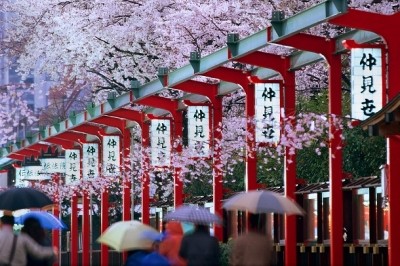
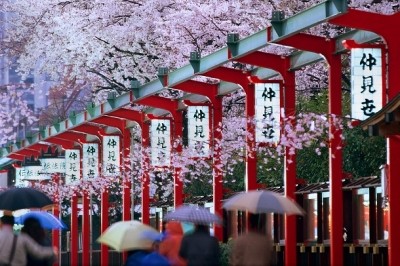

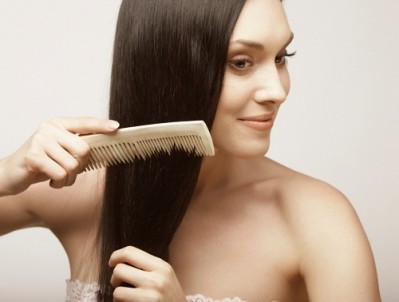


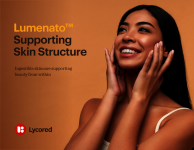


![[Getty Images]](/var/wrbm_gb_food_pharma/storage/images/_aliases/wrbm_tiny/publications/cosmetics/cosmeticsdesign-asia.com/china/china-focus-latest-developments-in-china-s-booming-beauty-market22/17370102-1-eng-GB/China-focus-Latest-developments-in-China-s-booming-beauty-market.jpg)
![YSL's LoveShine launch has sparked a demand surge in Japan. [YSL]](/var/wrbm_gb_food_pharma/storage/images/_aliases/wrbm_tiny/publications/cosmetics/cosmeticsdesign-asia.com/article/2024/04/24/ysl-loveshine-launch-propels-lip-gloss-sales-to-record-highs-in-japan-since-2020/17372064-1-eng-GB/YSL-LoveShine-launch-propels-lip-gloss-sales-to-record-highs-in-Japan-since-2020.jpg)
![There is significant scope for innovation and new launches in the hair repair sector, especially in soaring markets such as China. [Getty Images]](/var/wrbm_gb_food_pharma/storage/images/_aliases/wrbm_tiny/publications/cosmetics/cosmeticsdesign-asia.com/article/2024/04/24/croda-zeroes-in-on-hair-repair-solutions-as-damage-hair-concerns-surge-in-markets-like-china/17362731-1-eng-GB/Croda-zeroes-in-on-hair-repair-solutions-as-damage-hair-concerns-surge-in-markets-like-China.jpg)



![Lubrizol has extended its partnership with C-beauty major PROYA. [PROYA]](/var/wrbm_gb_food_pharma/storage/images/_aliases/wrbm_tiny/publications/cosmetics/cosmeticsdesign-asia.com/headlines/brand-innovation/lubrizol-bullish-on-potential-of-c-beauty-growth-potential/17362515-1-eng-GB/Lubrizol-bullish-on-potential-of-C-beauty-growth-potential.jpg)



